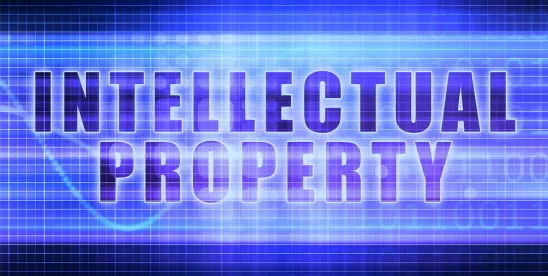On June 20, the U.S. Supreme Court held that the Patent Trial and Appeal Board (PTAB) may continue reviewing patents using a broad claim construction standard that differs from what Article III courts and the International Trade Commission (ITC) apply. See e.g., Cuozzo Speed Tech., LLC v. Lee, 579 U.S. ___ (2016).
Under the America Invents Act of 2011 (AIA), the U.S. Patent and Trademark Office (USPTO) created post grant proceedings called inter partes review (IPR). In an IPR proceeding, an individual may request review of claims in a previously issued patent. Any claim found to be unpatenable in view of prior art, viz., patents or printed publications may then be canceled. The standard the PTAB is required to use, according to the USPTO, in reviewing these claim constructions is the broadest reasonable interpretation (BRI) claim construction standard.
Cuozzo was the first company to have its already-issued patent canceled in an IPR proceeding, and it argued the PTAB’s standard of review should align with the more narrow standard used by district courts; the “plain and ordinary meaning” of a claim term construction. See Phillips v. AWH Corp., 415 F.3d 1303, 1312-1313 (Fed. Cir. 2005) (en banc). Cuozzo also challenged the non-appealable nature of an IPR proceeding under the AIA, see 35 U.S.C. § 314(d), by pointing out that there should be Article III court recourse if the PTAB exceeds its authority in instituting an IPR proceeding.
The Supreme Court majority opinion, written by Justice Stephen Breyer, quickly dismissed Cuozzo’s desire for judicial review of IPR proceedings by citing Congressional intent to bar review. Justices Samuel Alito and Sonia Sotomayor dissented on this issue by concluding the PTAB’s decision to grant IPR review cannot be immediately appealed, but after the proceeding the PTAB’s findings should be subject to court review. The court did, however, comment that Cuozzo’s claim neither implicated a constitutional question nor challenged the interpretation as reaching beyond the statute’s section regarding scope and impact; both situations where judicial review could be warranted.
Regarding Cuozzo’s challenge to the PTAB’s broad BRI standard of review, the Supreme Court unanimously held this requirement is “a reasonable exercise of the rulemaking authority that Congress delegated to the Patent Office.” Cuozzo at 17. In its reasoning, the court relied on precedent from Chevron, which held when a statute is ambiguous, agencies have significant power to enact reasonable rules. See Chevron U.S.A., Inc. v. NRDC, Inc., 467 U.S. 837 (1984) Since the AIA does not explicitly assign a standard for claim construction, the statute is ambiguous, and the USPTO may enact reasonable rules, such as the broad claim construction standard of review.



 />i
/>i

